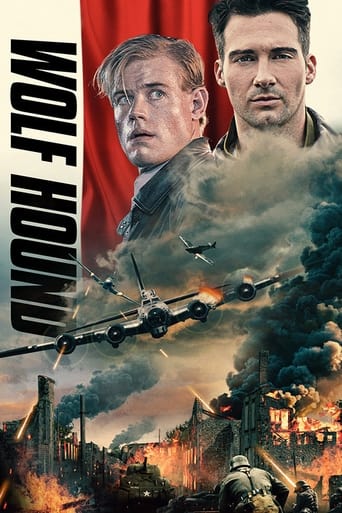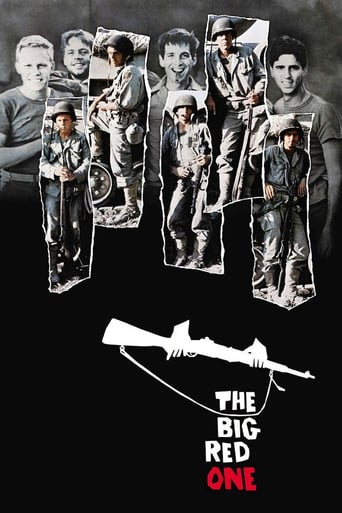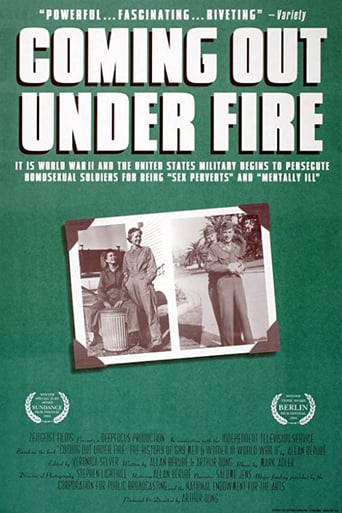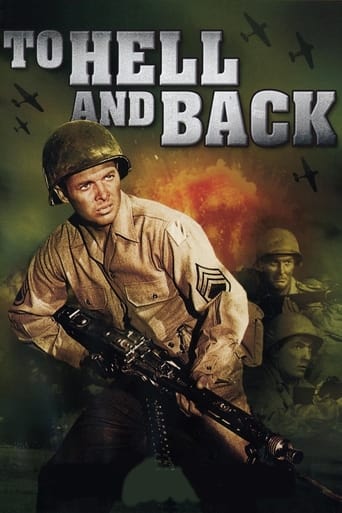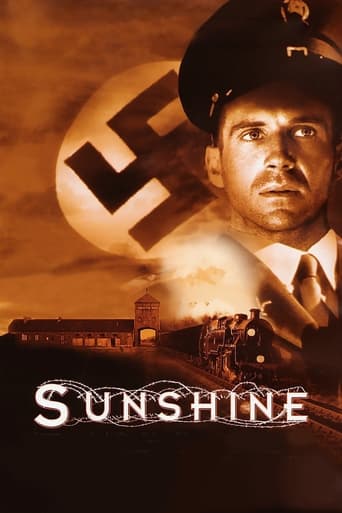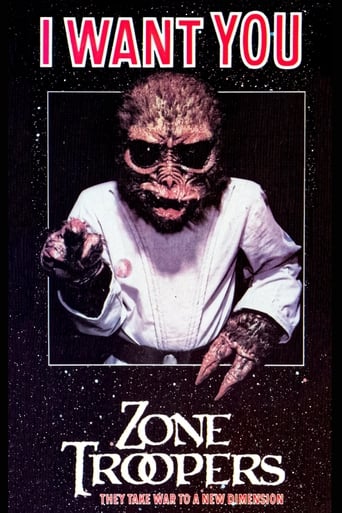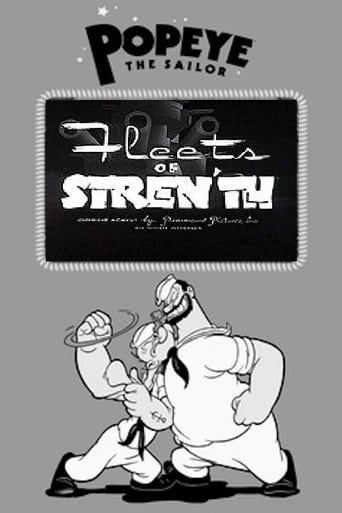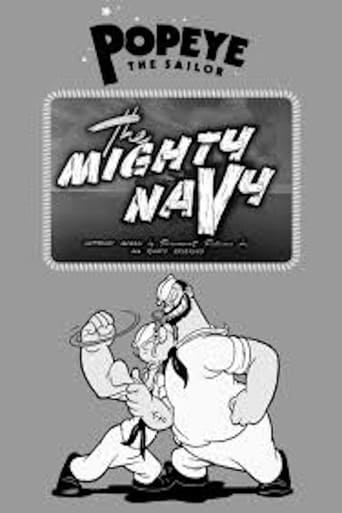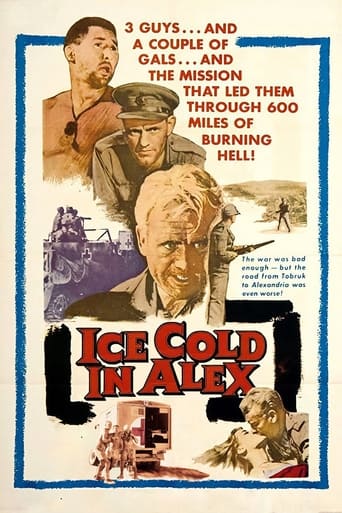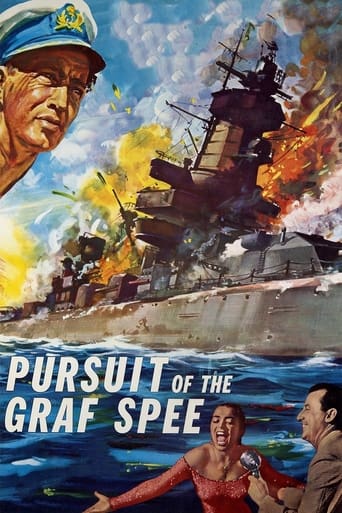

The Battle of the River Plate (1957)
In the early years of the World War II, the Royal Navy is fighting a desperate battle to keep the Atlantic convoy routes open to supply the British Isles, facing the great danger posed by the many German warships, such as the Admiral Graf Spee, which are scouring the ocean for cargo ships to sink.
Watch Trailer
Cast
Similar titles
Reviews
good back-story, and good acting
Did you people see the same film I saw?
Absolutely Fantastic
While it doesn't offer any answers, it both thrills and makes you think.
This is a story about a sea battle and the gallant heroism of both the British Navy and the German Captain Langsdorff. The theme is, while two nations were at war, individuals have much in common. The setting then involves the coastline of Uruguay and its people anticipating an end battle between the two belligerents while intrigue and strategy plays out between British naval attachés and Uruguay government officials. It's not a complete story but it throws light on military bravery away from the distant ugly Nazi ideology.
A straightforward WW2 naval battle flick, designed to show the courage and mettle of British officers in their battle against overwhelming Nazi firepower. THE BATTLE OF THE RIVER PLATE tells the true story of the German warship the Graf Spee, which proved invincible when up against Allied vessels until a bit of trickery and sheer determination saw it finally meet its match in the form of not one, not two, but three British ships off the coast of Uruguay.The film has the distinction of being filmed by Powell and Pressburger, two of the most famous directors in history, and thus it looks fantastic: colourful, full-blooded, with expert attention to detail and battle scenes that really look like the real thing. It's in the cast that this really excels, though; the production team have assembled one of the greatest all-star casts ever, and thus the film is dominated by strong performances from the likes of John Gregson, Anthony Quayle, Peter Finch, Michael Goodliffe, Bernard Lee, and many more besides. There are even smaller parts for future greats like John Le Mesurier, Christopher Lee, and Patrick Macnee.
A former teacher of mine who had previously served in the navy was a fan of this film and made a passionate speech once in school about the underlying themes of the film which was about understanding and respecting your enemies.The admirable filmmaking partnership Michael Powell and Emeric Pressburger turn their attention to The Battle of the River Plate 10 years after the end of the second world war with an entertaining reconstruction of three smaller warships against the German Pocket Battleship 'Graf Spee' skippered by a seemingly honourable Captain Langsdorf (Peter Finch) although in opening scenes it looks like the Graf Spee has sunk a British vessel inside Portuguese territorial waters.There is a lot of cat and mouse as the British commanders anticipate Langsdorf's next moves, in between the lull you have diplomatic manoeuvrings between the Allies and Nazis against the Uruguayan government. In the climax you have a live American broadcast from a cafe/bar in the harbour with Christopher Lee playing a South American bar owner.Powell and Pressburger shy away from the jingoism and histrionics that plagued a lot of post war films, I guess they did their bit for the war effort during the war itself with films like Colonel Blimp and as always were ahead of their time even when making a post war film looking back at the start of the war.There is little about the personal lives of the seamen, we do not see them reminiscing about the loved ones waiting for them back home. Its all about strategy and getting the job done with a few scenes of comic relief.The film is very well photographed and they had the cooperation of the Royal Navy that supplied naval ships for the film. However they could had done with some model work as their were some jarring scenes with the studio shots that do not stand up too well these days.
Filmed in colour, which was very unusual for a British war movie of that era, this was a basically decent take on WW2 naval conflict.It's nice to sea genuine warships of the period in their full spectacular and menacing beauty, instead of the usual tacky and implausible models. Just check-out the 'sea-battle' of 'In Harm's Way' to sea how badly it could have been done.Lots of fine British character actors pop up and do their stuff. Anthony Quayle, John Gregson, Patrick Macnee and there are many more. There are also plenty of nice little details that often get overlooked, such as the gun-muzzles that become smoke-blackened after use. The actual battle sequences tend to look a little hokey nowadays, with the splashes of nearby shell-falls resembling a bucket of pelted water. Still; the destruction and confusion arising from direct hits are believable enough.Some commentators smirk at the stiff upper-lipped-ness of the characters portrayed, but these attitudes are, in fact, very authentic. It was terribly bad form to lapse into any kind of emotional display in those times of repressed Englishness, never mind the histrionics often (wrongly) depicted of Americans. People had a far greater sense of national obligation in those days, and lamenting one's personal losses implied a lack of proportion; everyone was suffering one way and another. A recently-interviewed former nurse who served in a war-casualty hospital remarked how, despite the most appalling injuries she had ever seen, no man ever swore or cried out in pain. The only exclamation of distress she ever heard was a whispered 'oh-dear'. There's a scene in the much more gritty 'Cruel Sea' in which a crew member, whilst writing a letter to his wife, is informed of her death in the blitz. He responds simply by saying 'I think I'll just go on deck for a while'. Everyone learnt to have a much greater sense of self-discipline and forbearance. They kept a good face and grieved in private. Unlike the wimps of today. Just look at the antics of a modern premier-league footballer who gets tripped-up.Another criticism has been levied about its predominantly British take on events. But what would one expect in 1956? The bleeding-heart liberal apologists hadn't taken over the media by then. In fact, Finch's Langsdorff and the Graff Spee crew in general offer a pretty sympathetic presentation of those who fought at sea for the most despicable regime of modern time. Let's not forget that this powerful warship was employed in sinking defenceless merchant vessels. When it came up against determined though still inferior-gunned adversaries, Langsdorff's response was to cut and run. Bearing in mind that the Battle is depicted from a British perspective and that they knew almost nothing of the mindset of their enemies, I'd say it is sufficiently evenly balanced for the story and the drama.I also like the way we patrol with the fleet as the dawn breaks on a clear morning. We see the sky brightening and the sun slowly rise as the aboard-ship dramas unfold.If I have a grumble about the movie it concerns the post-Montevideo section. Far too much of the drama is given over to the rogue reporter. His relentless hyperbole jars with the steadfast British understatement that dominated the first half of the action. But I suppose as American money funded it and an American warship had been borrowed to play the Graff Spee, they must be allowed in somewhere.Still, there's much to like and admire in this golden oldie, from top-drawer actors, excellent script, beautiful photography, and genuine warships of the time, as well as a largely authentic slice of history. Not many movies can boast all of these things. Just check-out U571.Recommended.



